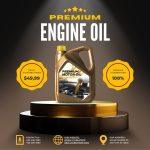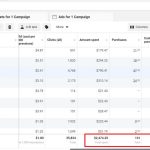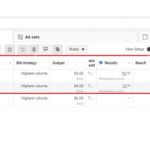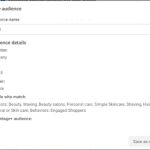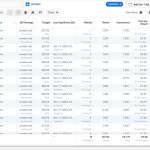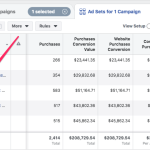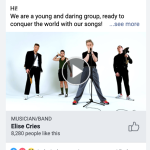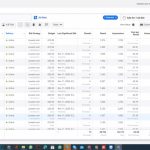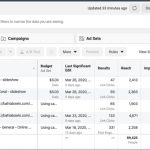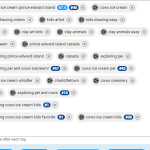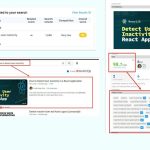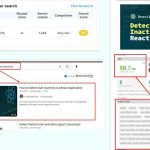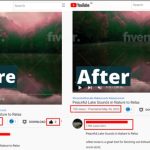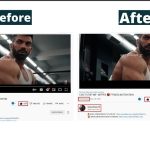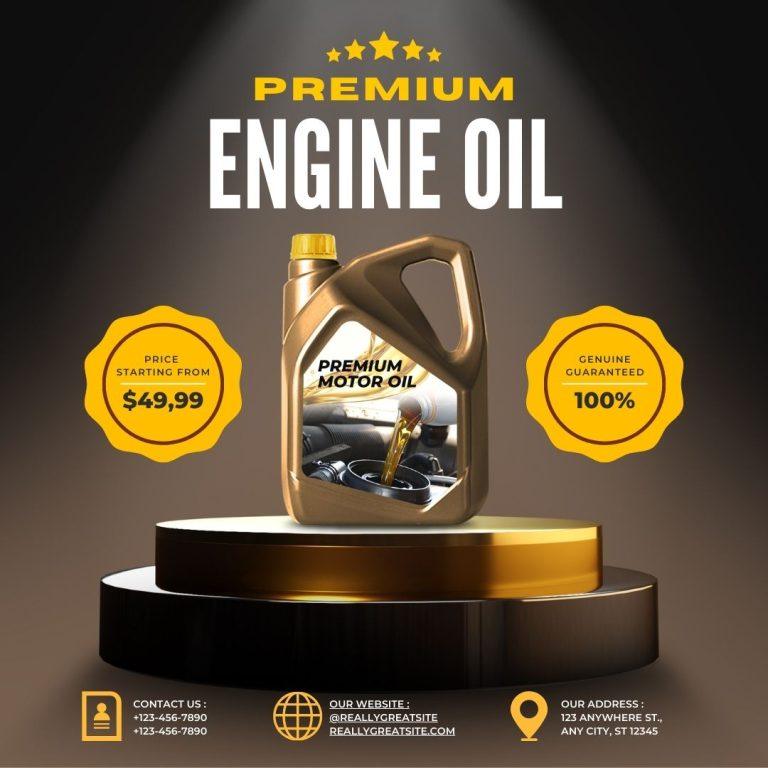

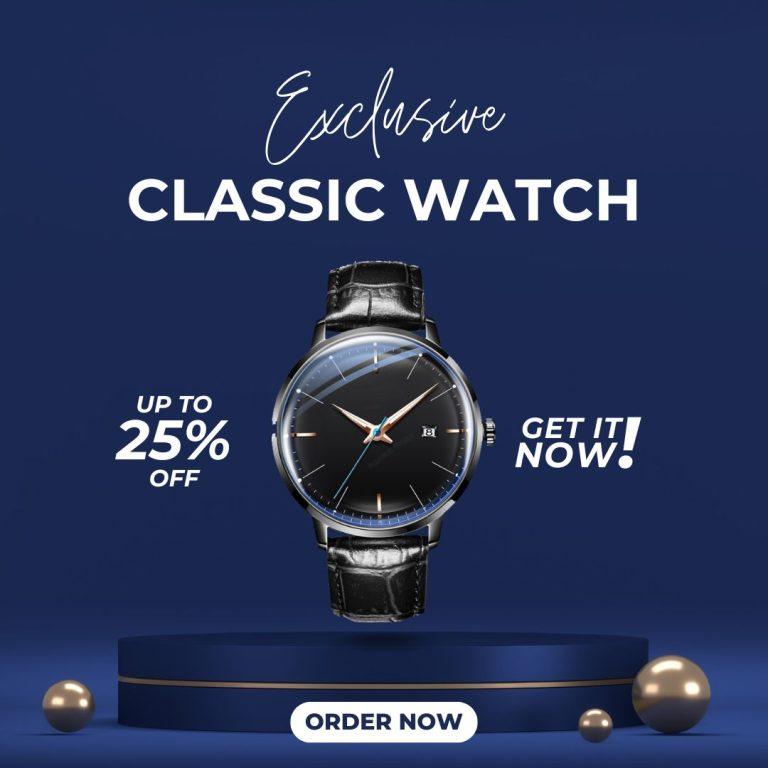


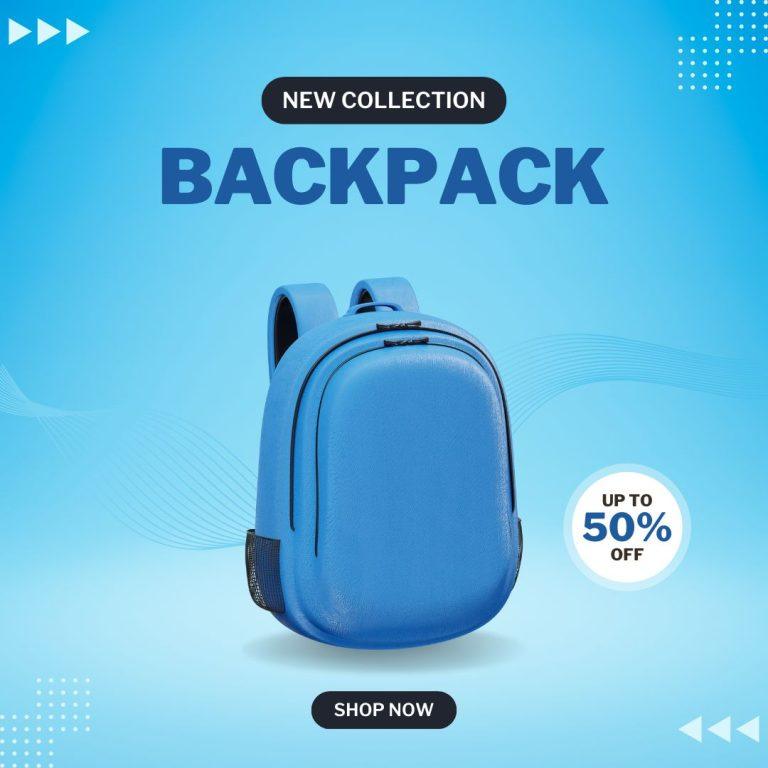
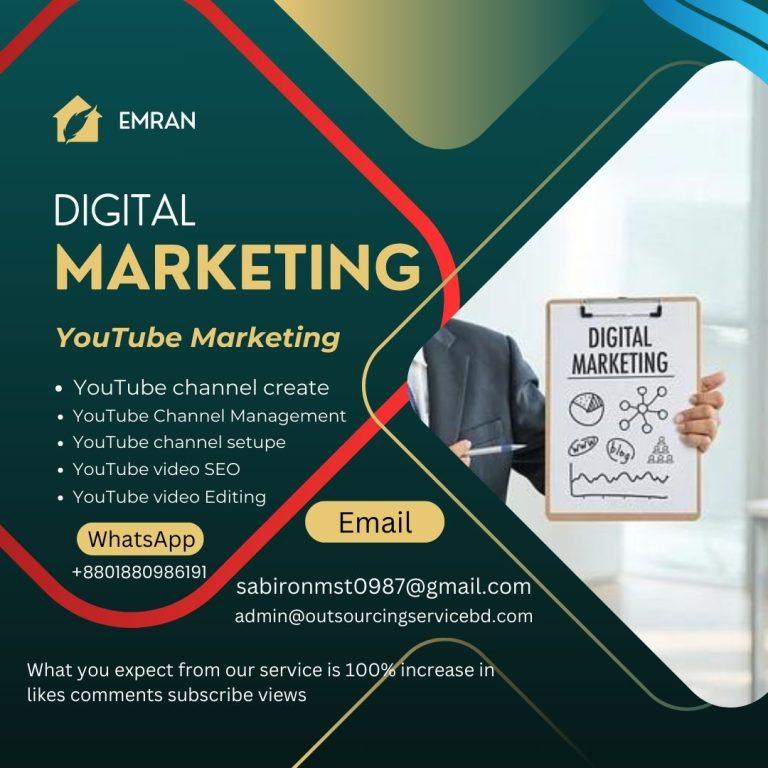

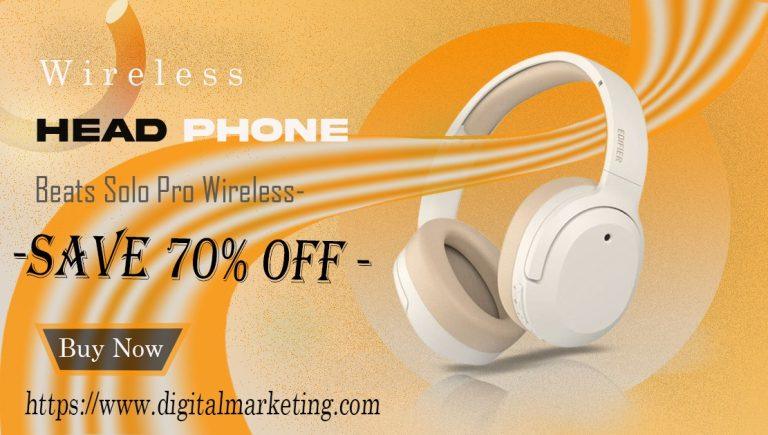

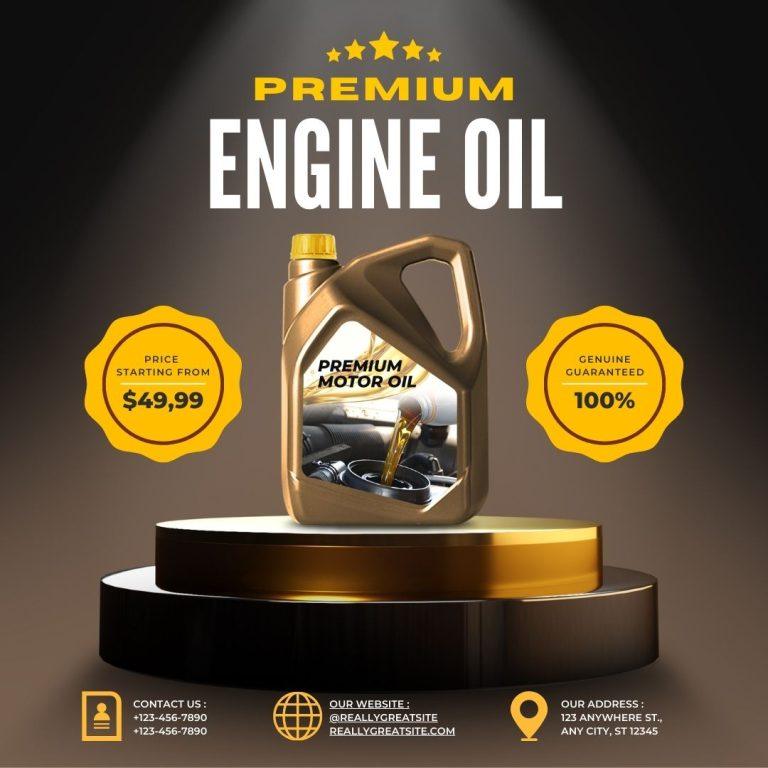
Banner Design
To ensure your banner stands out among competitors, focus on bold and vibrant visuals, concise messaging, and a clear call-to-action. Utilize unique design elements, contrasting colors, and engaging fonts. Highlight special offers or unique selling points, and tailor your content to resonate with your target audience for maximum impact.
Effective branding in banner design should include consistent use of your brand colors, logo, and typography. Incorporate visual elements that reflect your brand identity, such as patterns or imagery. Maintain a cohesive style across all banners and ensure messaging aligns with your brand voice to create familiarity and trust with your audience.
Bright and bold colors like red, orange, and yellow are effective for attracting attention, as they evoke urgency and excitement. Contrasting colors, such as blue and green, can also draw the eye while conveying trust and calmness. Ultimately, choose colors that align with your brand identity and resonate with your target audience.
Using product images is effective for showcasing details and features, making it ideal for e-commerce. Lifestyle imagery, however, creates emotional connections and illustrates the product in real-life scenarios, enhancing relatability. A combination of both can be powerful, allowing potential customers to visualize the product’s use while highlighting its benefits.
Keep text on banners minimal and impactful, ideally no more than 6-10 words. Focus on a clear, compelling headline and a strong call-to-action. The text should be easily readable from a distance, so prioritize clarity and conciseness, allowing visuals to complement the message without overwhelming the viewer.
The best file formats for online banners include JPEG for high-quality images, PNG for graphics with transparent backgrounds, and GIF for simple animations. Additionally, WebP is gaining popularity for its balance of quality and file size. Always ensure the format meets platform specifications for optimal loading and display performance.
Banner Design
To ensure your banners comply with advertising guidelines, familiarize yourself with the specific rules of the platforms you’re using. Review guidelines related to content, size, and file formats. Avoid misleading claims, ensure proper use of trademarks, and respect copyright laws. Regularly check for updates to maintain compliance in your campaigns.
Effectively target your audience with banners by utilizing demographic data, interests, and behaviors for precise segmentation. Implement retargeting strategies to reach previous visitors. Utilize platforms’ targeting features, such as geolocation and device type. Tailor your messaging and visuals to resonate with each segment, ensuring relevance and increasing engagement rates.
A strong headline for a banner should be concise, engaging, and clear. It must convey the main message quickly, often using action-oriented language. Incorporate keywords relevant to the audience's interests, evoke curiosity, and highlight a benefit or unique selling proposition. Use bold typography to enhance visibility and draw attention.
To ensure banners load quickly, optimize image sizes using compression tools while maintaining quality. Choose appropriate file formats like WebP or optimized JPEG. Implement lazy loading techniques to defer non-essential images. Minimize the use of heavy scripts and ensure a streamlined design, reducing overall file size for faster loading times.
Best practices for banner placements include positioning them above the fold for immediate visibility, near relevant content, or alongside call-to-action buttons. Use responsive design to ensure proper display on all devices. Avoid intrusive placements that disrupt user experience, and consider using A/B testing to identify optimal locations for engagement.
Popular tools for designing banners include Adobe Creative Suite (Photoshop and Illustrator) for professional-quality graphics. Canva offers user-friendly templates for quick designs, while Figma is great for collaborative projects. Online platforms like Visme and Snappa provide customizable templates, and tools like Bannersnack streamline banner creation for various advertising formats.
Incorporate video elements into banner ads using short, engaging clips or animated GIFs. Ensure they are optimized for fast loading, highlighting key features or promotions to capture viewer attention effectively.









